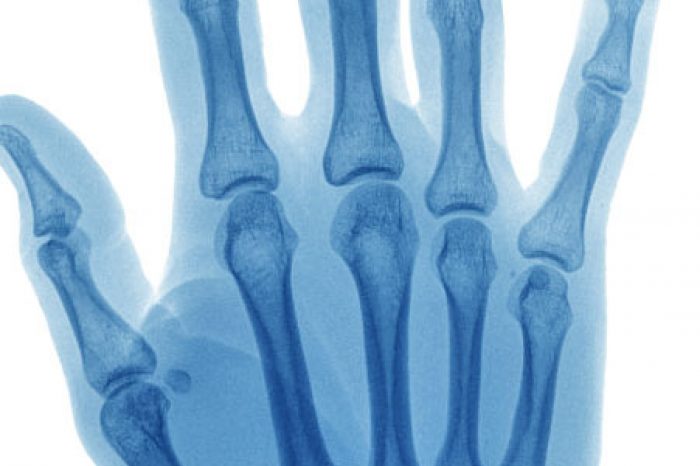
Trigger finger, also known as stenosing tenosynovitis, is a common condition that causes one or more fingers to become stuck in a bent position [Currie et al, 2022; Ryzewicz & Wolf, 2006]. The affected finger may suddenly straighten with a snapping motion, similar to pulling and releasing a trigger—hence the name. This condition can be painful and limit hand function, making everyday activities like gripping objects or typing difficult.
Understanding what causes trigger finger and how to prevent it is crucial for maintaining hand health and mobility. This blog explores the condition's causes, symptoms, risk factors, and evidence-based prevention strategies.
Trigger finger occurs when inflammation narrows the sheath surrounding the flexor tendons, which control finger movement. This inflammation creates friction, making it difficult for the tendons to glide smoothly. In severe cases, nodules (small lumps) can form on the tendon, further restricting movement.
Several factors increase the risk of developing trigger finger:
Symptoms often develop gradually and may include:
While not all cases can be prevented, certain measures can reduce the risk of developing trigger finger:
1. Modify Hand Movements [Currie et al, 2022; Giugale & Folwer, 2015]
2. Stretching and Strengthening Exercises [Currie et al, 2022; Giugale & Folwer, 2015]
Regular hand and finger exercises can improve flexibility and prevent stiffness:
3. Take Breaks [Currie et al, 2022; Giugale & Folwer, 2015]
4. Maintain a Healthy Lifestyle [Guggenheim et al, 2024]
5. Use Splints If Necessary [Currie et al, 2022; Giugale & Folwer, 2015]
Treatment Options
If trigger finger develops despite preventive efforts, treatment options range from conservative approaches to medical interventions:
Conclusion
Trigger finger can be a painful and limiting condition, but with proper prevention strategies, you can reduce your risk. Practicing hand-friendly habits, stretching, and maintaining overall health can keep your fingers functioning optimally. If you experience symptoms, early intervention is key to avoiding long-term complications.
(781) 591-7855
20 Walnut St
Suite 14
Wellesley MA 02481
Learn about ultrasound-guided A1 pulley release for trigger finger treatment, a minimally invasive procedure with a 97% success rate and fast recovery time. This technique is safer and more effective than traditional
Read MoreTrigger finger, also known as stenosing tenosynovitis, is a common hand condition that affects the tendons in your fingers or thumb. If you're dealing with pain, stiffness, or a locking sensation in your fingers, you
Read More